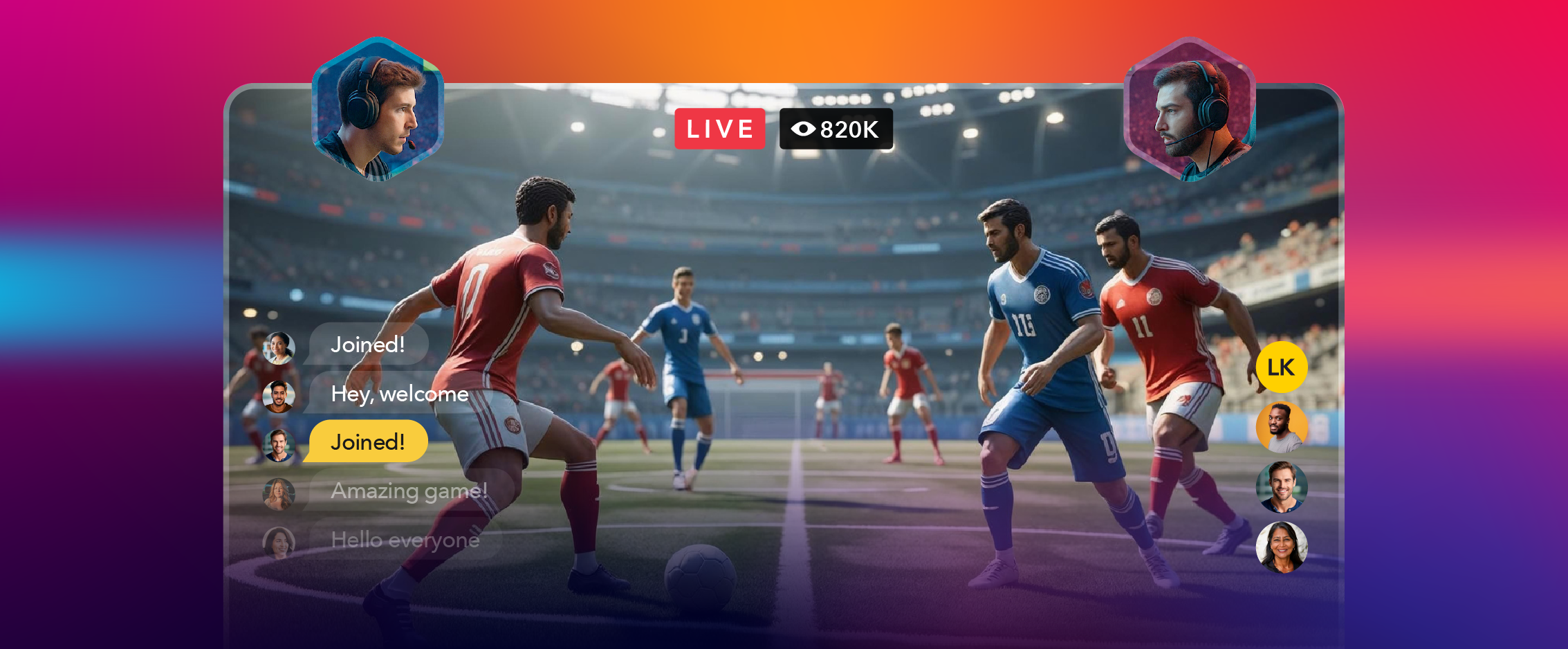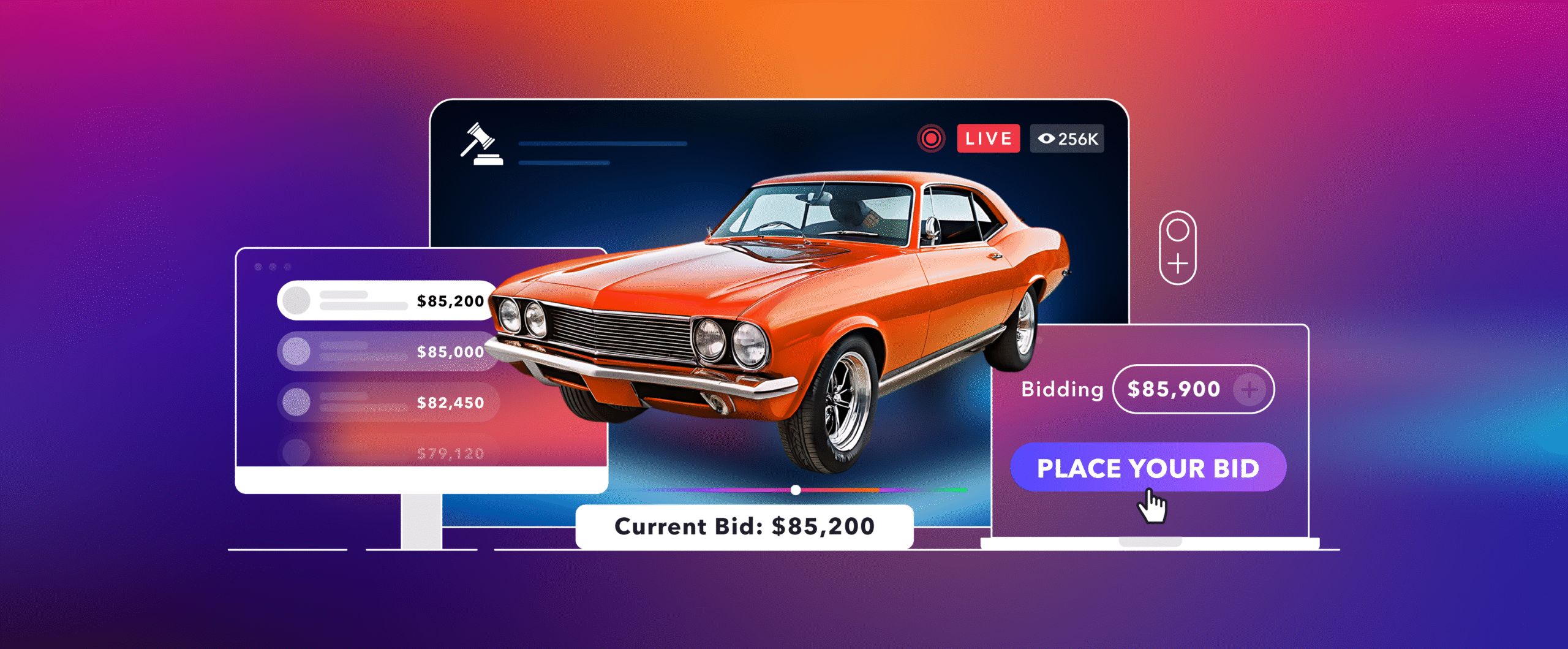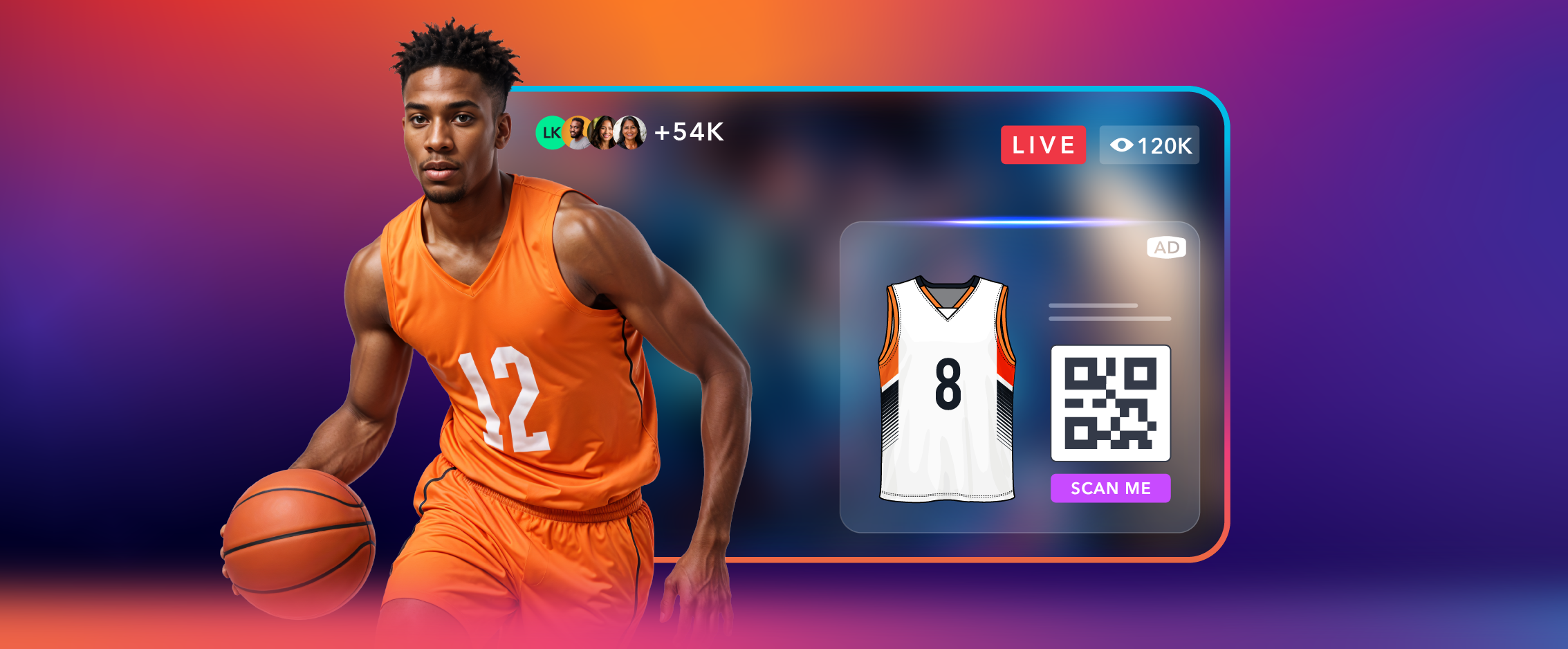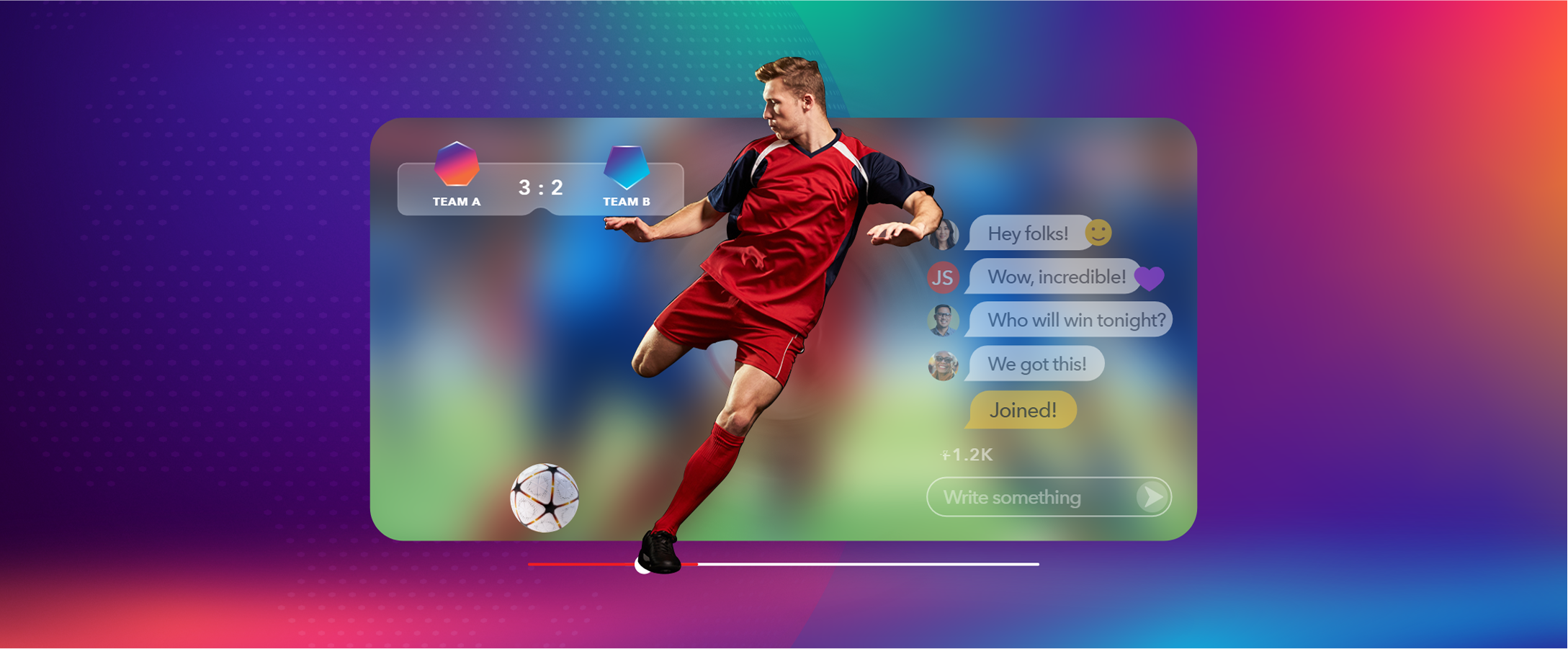Did you know that the global eSports streaming viewership is slated to reach a whopping 640.8 million by the end of this year? About half of these viewers are believed to be regular consumers of the content, while the other half are more casual fans.
With such a large prospective audience, media publishers and content creators are wise to get in on the action by creating eSports streaming experiences geared towards these fans.
In this article, we will discuss everything you need to know about eSports streaming. We’ll start by reviewing what it is and comparing it to similar concepts before discussing how to create an eSports streaming platform for your own.
The basics of eSports streaming
eSports streaming is a popular type of entertaining broadcasting that features competitive video gaming. This type of streaming enables fans to watch their favorite gamers compete in both casual settings and organized events.
It’s worth noting that not all video game streaming is considered eSports streaming. The term “eSports” specifically implies a competitive element. All eSports can be considered video games, but not all video games can be considered eSports.
Who should create an eSports streaming platform?
Anyone with the desire, resources, and proper business plan can create an eGaming streaming platform. However, building a streaming platform of this nature is most common among video game publishers, gaming event planners, and media companies.
Content creators with a large audience on Twitch or a similar platform could consider creating an independent platform to host their content, as well.
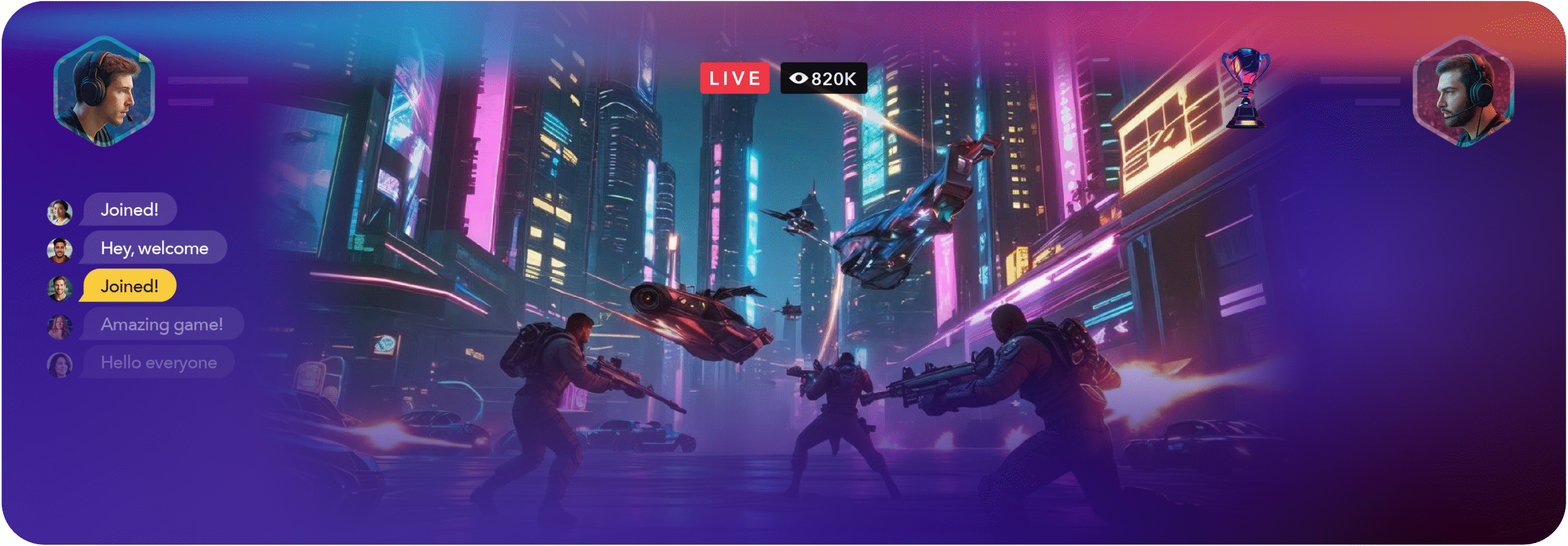
eSports streaming vs. video game streaming vs iGaming
As you move along in your eSports streaming initiatives, you will encounter a few terms that are similar to one another, including eGaming and iGaming.
eGaming is simply another term for eSports. That means eSports streaming and eGaming streaming are precisely the same. You can use the terms interchangeably.
iGaming is a little different than eSports streaming. iGaming also involves competitive online play, but it involves gambling. It is more akin to live dealer casino gaming. iGaming generally requires much more engagement from the audience since the viewers are the players.
How to create an eSports streaming platform
Creating an eSports streaming platform is relatively straightforward with the support of the proper tools. Here are the steps you can take to bring your eSports streaming service to life.
1. Create a plan
The first step to creating an eSports streaming service is to start with a plan. This will provide you with directions as you progress through the process. At this stage, it’s essential to consider the overall user experience (UX) and business model.
From a UX standpoint, start thinking about whether your experience will simply exist as a website or if you’ll also launch with an app. Creating an app is a great way to optimize the user experience across devices. You should also map out the general flow of the experience.
2. Choose a business model
Determining how you’ll monetize your content is another critical consideration. Some popular monetization methods in the eSports streaming industry include:
- Subscriptions
- Ticketing
- Advertising
- Live commerce
- Sponsorships
If your platform features user-generated content, you can also incorporate tipping or donations to allow fans to show their appreciation for their favorite creators. The platform can collect a cut of tips and donations to generate revenue, as well.
3. Figure out content sourcing
During your planning process, consider where you’ll source the content for your streaming platform. The most obvious approach is to contract popular eSports leagues to cover their competitive events.
Another option is to contact video game creators to stream exclusively on your platform. These creators could include single-player gamers or eSports competitors. This option is valuable because it enables you to provide content even when no organized events are scheduled.
4. Choose a streaming solution
Next, you’ll choose a streaming solution. This is the software that powers your live streams, connecting all of the backend elements and a user-facing video player to your online video to life.
There are tons of eSports streaming solutions on the market, so it’s essential to find one that is equipped with the tools you need to reach your specific goals. We will discuss considerations for choosing a streaming solution in more detail later in this guide.
5. Build the experience
Now it’s time to build your experience. You’ll start by designing the experience, mapping out every moment of the user journey on your platform. A web designer is a valuable resource here, but someone with experience in creating digital experiences will be most beneficial.
After the experience is designed, it will move on to development. Depending on the scale of your operation, you may consider outsourcing development. However, it’s wise to have at least one developer on your team to handle maintenance and updates to your platform moving forward.
Mobile and TV app development often requires the support of developers with specialized experience. If you have limited resources or you’re working on a tight timeline, you can always launch with a website and build your apps later.
6. Test your workflow
The final step before launching your platform is to test all the moving parts to ensure it works smoothly. Since viewers access live streams in real-time, any errors are immediately visible to the audience. By identifying any snags in the system before you go live, you can reduce the risk of embarrassing mistakes.
Prioritize testing on the devices and browsers that you expect to be most popular among your target audience. It’s wise to test as many combinations as possible.
7. Launch your platform
After you’ve confirmed everything is working as intended, it’s time to launch your platform. You can utilize a range of digital marketing techniques to promote your platform, including social media marketing, SEO, and paid advertising.
Launching your platform with a significant event is a great way to attract viewers. If you stream a competition featuring popular gamers, you can utilize each participant to help promote your event, encouraging their fan bases to join the stream.
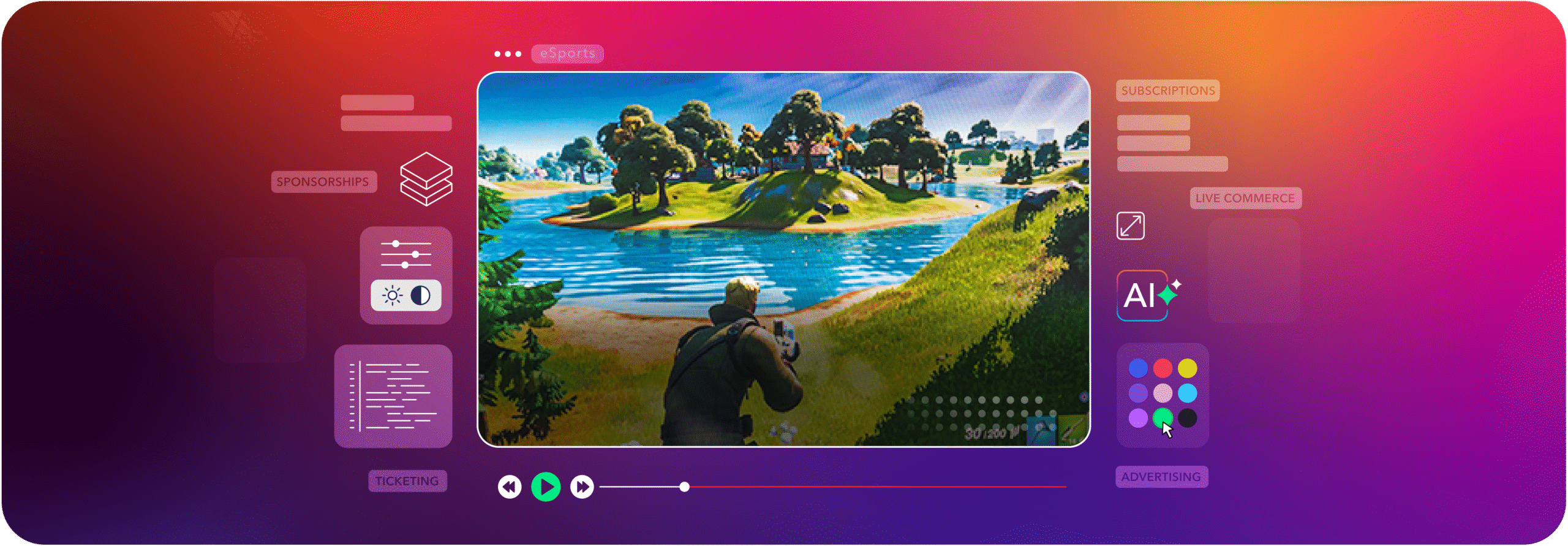
What to look for in an eSports streaming solution
Choosing the right streaming solution can make or break your eSports streaming experiences. Here are a few key features to consider when comparing solutions.
Monetization
Different streaming solutions offer various monetization options, so it’s essential to select one that has the monetization tools you need to deploy your chosen business model.
You should also pay attention to revenue shares and other fees associated with the monetization on the platforms you’re considering. This makes a difference because small fees can add up quickly.
Community engagement
The gaming industry is well-known for its online communities. eSports broadcasters are wise to lean into that to build communities for their own brands. This is possible with community engagement and interactivity tools.
Community engagement tools may include live chats, polls, interactive overlays, and other similar features. Depending on the interactivity techniques you use, streaming with real-time latency can be beneficial.
Data and analytics
A key part of creating powerful streaming experiences is studying what has worked and iterating accordingly. To access the data you need to make informed decisions, you’ll need to choose a solution with comprehensive analytics.
Typically, you’ll want to look for viewership analytics that showcase the number of sessions on a stream, average session lengths, total watch time, and similar data. Demographic analytics that track viewers’ ages, locations, device types, browser types, and so forth. Real-time analytics are also a plus.
In addition to stream analytics, collecting personal data from your viewers can also be beneficial. For example, if you require users to enter an email address to access your content, you can use that information to continue the connection after the stream has ended.
Cross-platform support
Creating a seamless experience from device to device is vital to help you reach fans where they are. You will need a solution that provides cross-platform support.
Select a platform that supports streaming on desktop, mobile devices, and connected TVs. Comprehensive browser support is also valuable.
Global scalability
The beauty of eGaming is that it brings people together from all over the world. Naturally, that translates to streaming to viewers worldwide.
Look for a platform that has the infrastructure to provide high-quality content at scale. Pay attention to the content delivery network (CDN) that’s used. A CDN with servers located worldwide is ideal.
This can be achieved with a single CDN with a robust server network, or with a multi-CDN approach that combines the efforts of several CDNs for maximum coverage and redundancy.
Flexibility with integrations
We mentioned a few key features, such as monetization and interactivity. Some streaming solutions don’t have these features built into the platform, but if they offer integrations with the tools you need, this isn’t an issue.
In addition to the features we’ve mentioned, integration with other streaming tools, such as encoders, production software, and marketing tools, is also valuable. With this level of flexibility, you can create a seamless backend experience, enabling you to produce high-quality content for your fans.

The future of eSports streaming
Although eSports streaming has been around for a few years, it is still relatively new compared to other types of entertainment broadcasting. Since it’s a relatively blank canvas, there are tons of room for development in the space.
As more eGaming sports leagues emerge, more competitive gaming events will materialize. When the leagues grow, more professional gamers will enter the arena. As long as fans are tuning in and spending money, it’s reasonable to expect the industry to continue to grow in this direction.
There is also potential for betting to become popular in the eSports space. This works just like betting on traditional sports. eSports betting is a relatively new concept, so its direction is yet to be determined.
Final thoughts
With the growing number of eSports fans, there are numerous opportunities for media publishers to capitalize on this potential. By creating an eSports streaming platform, you can make a loyal online community and drive revenue for your company.
Are you ready to create a hub for eSports streaming? Whether you’re looking for an advertising tool or an end-to-end streaming solution, Dolby OptiView is here to help. Contact us today to learn how we can help you bring your eSports streaming platform to life.



